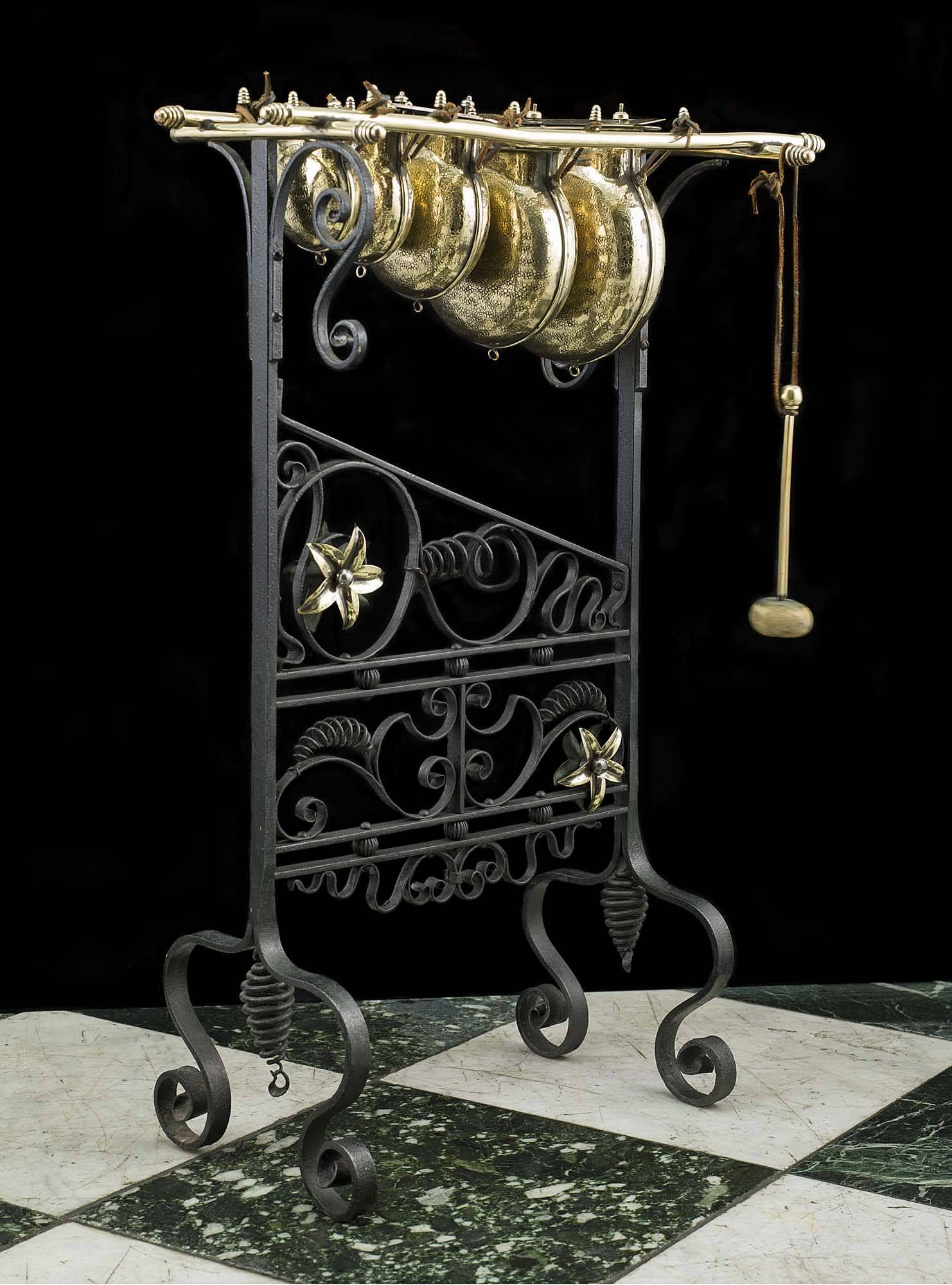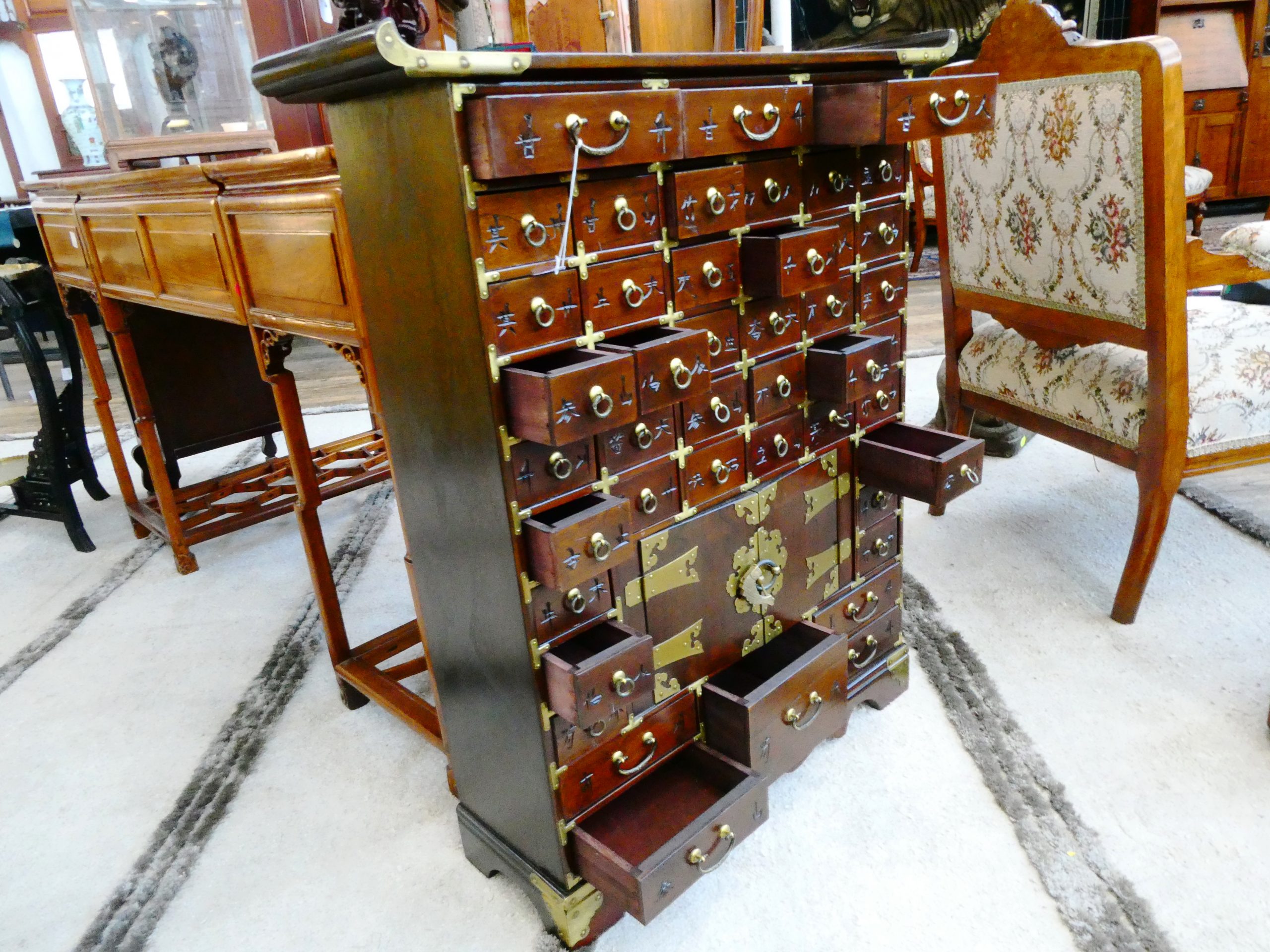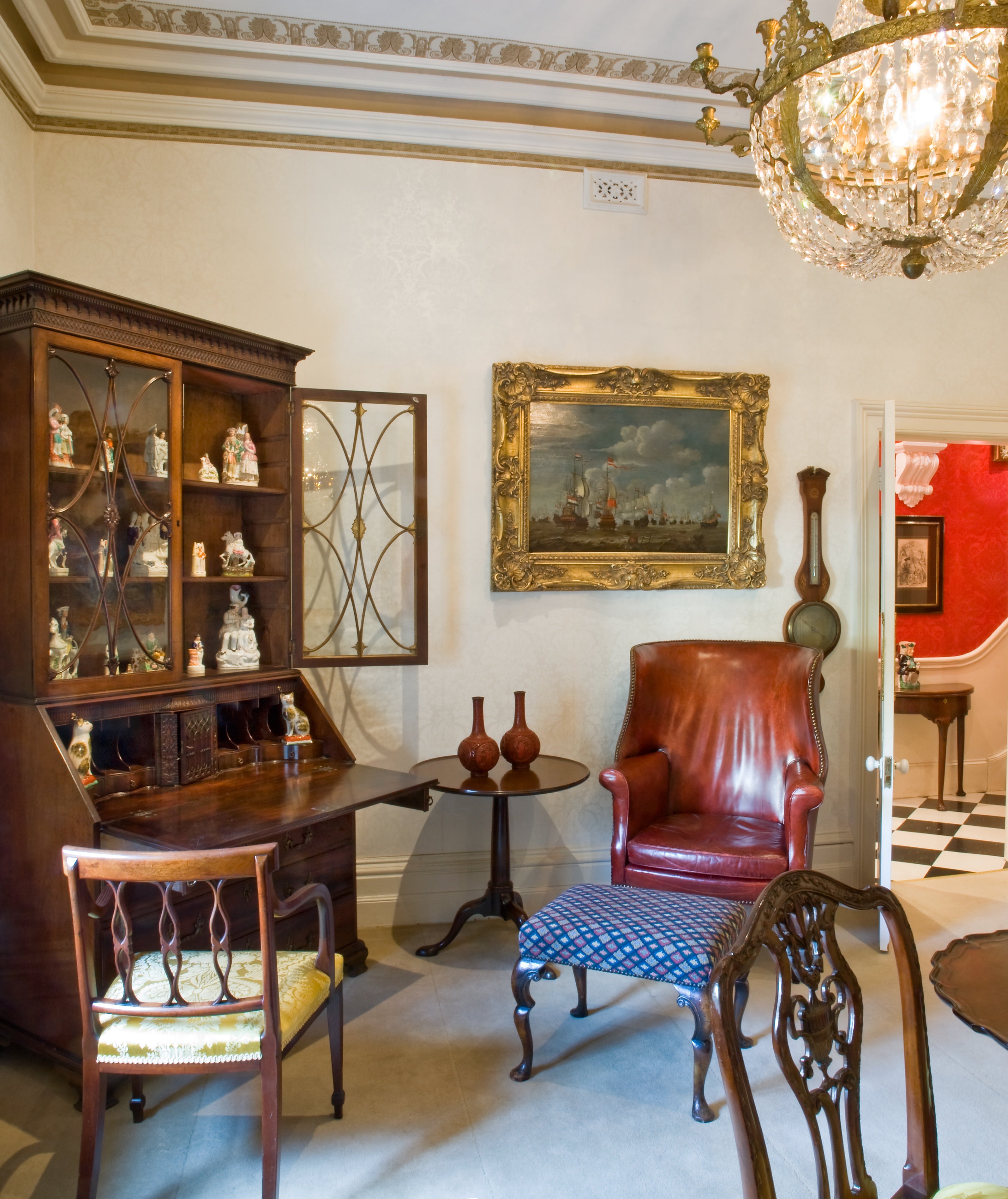
Introduction
The allure of mid-century antiques has captivated collectors and investors for decades. These timeless pieces from the mid-20th century continue to hold their value and even appreciate over time. Whether you are a seasoned collector or a novice investor, this guide will provide you with valuable tips for investing in mid-century antiques and building a valuable collection. From identifying valuable pieces to understanding market trends, we will cover all the essential aspects of collecting classics.
1. Understanding Mid-Century Design

Before diving into the world of mid-century antiques, it is essential to understand the characteristics of this design movement. Mid-century design emerged after World War II and lasted until the late 1960s. It is characterized by clean lines, organic shapes, and a focus on functionality. The designers of this era sought to create pieces that were both aesthetically pleasing and practical for everyday use.
- Look for pieces with sleek, minimalist designs.
- Pay attention to the materials used, such as teak, walnut, or rosewood.
- Consider the influence of iconic designers like Charles and Ray Eames, Eero Saarinen, and Hans Wegner.
2. Research and Educate Yourself

Investing in mid-century antiques requires a solid understanding of the market. Take the time to research and educate yourself about different designers, styles, and trends. This knowledge will help you make informed decisions and avoid costly mistakes. Here are some resources to consider:
- Books: Look for books dedicated to mid-century design and collecting. They often provide valuable insights, price guides, and historical context.
- Online Communities: Join forums and social media groups dedicated to mid-century design. Engage with fellow collectors, ask questions, and share your own knowledge.
- Auctions and Exhibitions: Attend auctions and exhibitions to see the pieces in person and learn from experts in the field.
3. Condition and Authenticity

When investing in mid-century antiques, the condition and authenticity of the piece are crucial factors to consider. Here are some tips to ensure you're getting a genuine and well-preserved item:
- Inspect the item thoroughly for any signs of damage, repairs, or alterations.
- Look for original labels, markings, or manufacturer stamps.
- Consider consulting experts or appraisers to verify the authenticity of the piece.
- Keep in mind that some wear and tear is acceptable for vintage items, but significant damage may decrease its value.
4. Rarity and Desirability

The rarity and desirability of a mid-century antique play a significant role in its value. Here are some factors to consider when determining the rarity and desirability of a piece:
- Limited Production: Pieces that were produced in limited quantities are generally more valuable.
- Iconic Designs: Look for pieces designed by well-known designers that have stood the test of time.
- Uniqueness: Seek out items that have unique features, patterns, or colors that distinguish them from others.
- Popularity: Consider the current trends and demand for certain styles or designers.
5. Diversify Your Collection

To minimize risks and maximize potential returns, it is advisable to diversify your collection. Instead of focusing on a single designer or style, consider acquiring pieces from various designers and eras. This approach not only broadens your collection but also allows you to explore different investment opportunities. Additionally, diversifying your collection can provide a more well-rounded aesthetic appeal and give you the flexibility to adapt to changing market trends.
6. Preservation and Care
.jpg)
Proper preservation and care are essential for maintaining the value of your mid-century antiques. Here are some tips to ensure the longevity of your collection:
- Keep items away from direct sunlight to prevent fading or discoloration.
- Use appropriate cleaning products and techniques for different materials.
- Avoid exposing items to extreme temperatures or humidity.
- Consider professional restoration for damaged or deteriorating pieces.
7. Follow Market Trends

Staying up-to-date with market trends is crucial for making informed investment decisions. Keep an eye on auction results, online marketplaces, and reputable antique dealers to gauge the demand and prices of mid-century antiques. Understanding the current market can help you identify emerging trends, anticipate price fluctuations, and make strategic acquisitions. Remember that the market for mid-century antiques can be influenced by factors such as popular culture, design trends, and economic conditions.
Summary
Investing in mid-century antiques can be an exciting and rewarding venture. By understanding the characteristics of mid-century design, educating yourself, and considering factors like condition, rarity, and market trends, you can build a valuable collection. Diversifying your collection and taking proper care of your items will help preserve their value over time. Remember to approach collecting classics with passion, patience, and a keen eye for quality, and you will be well on your way to building a successful collection of mid-century antiques.